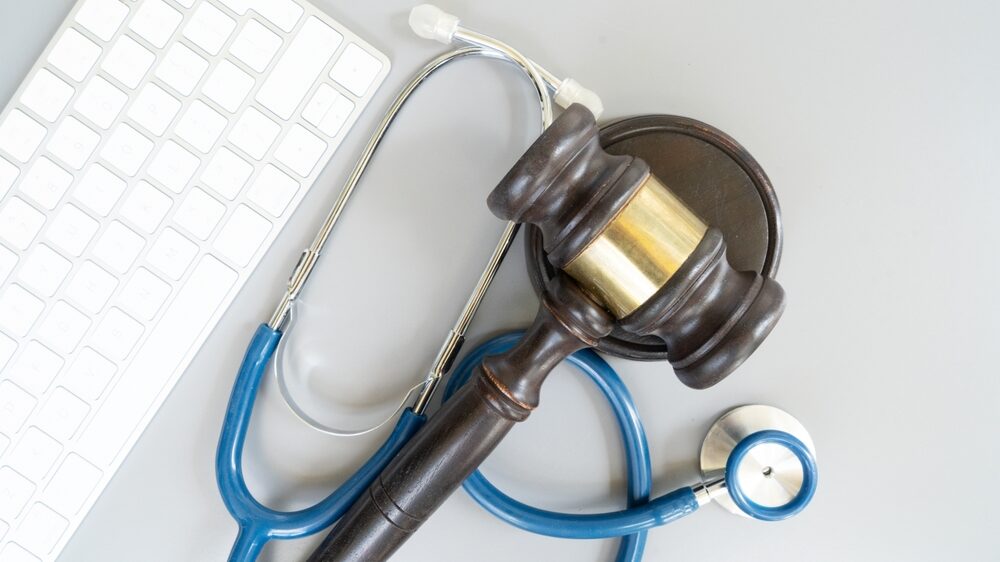How to Handle Medical Malpractice Cases in Pennsylvania
Medical malpractice can manifest in various forms, and recognizing the signs is the first step towards taking action. Common types of medical malpractice include surgical errors, misdiagnosis or delayed diagnosis, medication mistakes, birth injuries, and failure to treat. Patients might notice red flags such as unexplained complications after a procedure, worsening of a condition that was supposed to improve, or receiving a different diagnosis from another doctor.
- Common types of medical malpractice:
- Surgical errors
- Misdiagnosis or delayed diagnosis
- Medication mistakes
- Birth injuries
- Failure to treat
- Red flags to watch for:
- Unexplained complications after a procedure
- Worsening of a condition that was supposed to improve
- Receiving a different diagnosis from another doctor
It’s crucial to gather initial evidence if you suspect malpractice. This evidence could include medical records, prescription details, and any communication with healthcare providers. Documenting symptoms, treatments received, and outcomes can help build a preliminary case. Keeping a detailed journal of your medical experiences will provide a timeline and context for your concerns.
Seeking a Second Medical Opinion
Confirming your suspicions through a second medical opinion is a vital step. Another healthcare professional can provide an objective assessment of your condition and the care you received. This step is not only crucial for your health but also strengthens your potential legal case.
- Importance of a second opinion:
- Provides an objective assessment
- Strengthens your potential legal case
- Steps to find a second opinion:
- Choose a doctor with no connection to the original healthcare provider
- Look for specialists in the relevant field
- Provide all necessary medical records and a clear account of your experiences
- Document the second opinion findings meticulously
Consulting with a Medical Malpractice Attorney
Legal expertise is essential when dealing with medical malpractice cases. Consulting with an experienced medical malpractice attorney, like those at Purchase, George & Murphey, P.C., can significantly impact the outcome of your case. Attorneys can help determine if you have a viable claim, guide you through the legal process, and advocate on your behalf.
- Preparation for your consultation:
- Bring all relevant medical records
- Your journal of symptoms and treatments
- The second opinion findings
- Questions to ask potential attorneys:
- Experience with similar cases
- Success rate
- Potential timeline for your case
- Approach and fee structure
Collecting and Preserving Evidence
Evidence is the cornerstone of a medical malpractice case. Collecting and preserving this evidence meticulously is essential for a successful claim. Key evidence includes medical records, test results, imaging studies, and prescription information. You might also need documentation of the healthcare provider’s credentials and any communication related to your treatment.
- Types of evidence needed:
- Medical records
- Test results
- Imaging studies
- Prescription information
- Documentation of healthcare provider’s credentials
- Communication related to your treatment
- Tips for organizing evidence:
- Keep digital and physical copies of all documents
- Store them securely
- Maintain a well-organized file
- Role of expert witnesses:
- Medical professionals who can testify about the standard of care
- Identified and coordinated by your attorney
Filing a Medical Malpractice Claim
The process of filing a medical malpractice claim in Pennsylvania involves several steps. Understanding this process can help you prepare for what’s ahead. First, your attorney will conduct a thorough investigation, reviewing all evidence and consulting with medical experts. They will then file a complaint with the court, outlining the allegations and the damages sought.
- Steps in filing a claim:
- Attorney conducts a thorough investigation
- Review of all evidence and consultation with medical experts
- Filing a complaint with the court
- Understanding the statute of limitations:
- Typically two years from the date of the injury or from when you should have reasonably discovered the injury
- Acting within this timeframe is crucial
- What to expect during legal proceedings:
- Discovery process where both parties exchange information
- Pre-trial motions
- Possible trial if the case does not settle out of court
- Presentation of evidence and arguments during trial
- Determination of outcome by a judge or jury
Throughout this process, Purchase, George & Murphey, P.C. will be by your side, providing the legal support and guidance you need. Their expertise in medical malpractice cases will help ensure your rights are protected and that you have the best chance of obtaining the compensation you deserve.
Contact Purchase, George & Murphey, P.C. Today
Dealing with the aftermath of suspected medical malpractice can be daunting, but taking the right steps can make a significant difference. By recognizing the signs, seeking a second opinion, consulting with an experienced attorney, collecting and preserving evidence, and understanding the legal process, you can effectively navigate this challenging situation. With the guidance of Purchase, George & Murphey, P.C., you can move from suspicion to action, ensuring your case is handled with the expertise and dedication it deserves.












